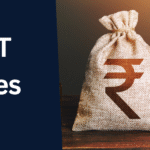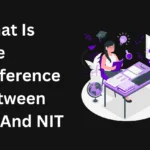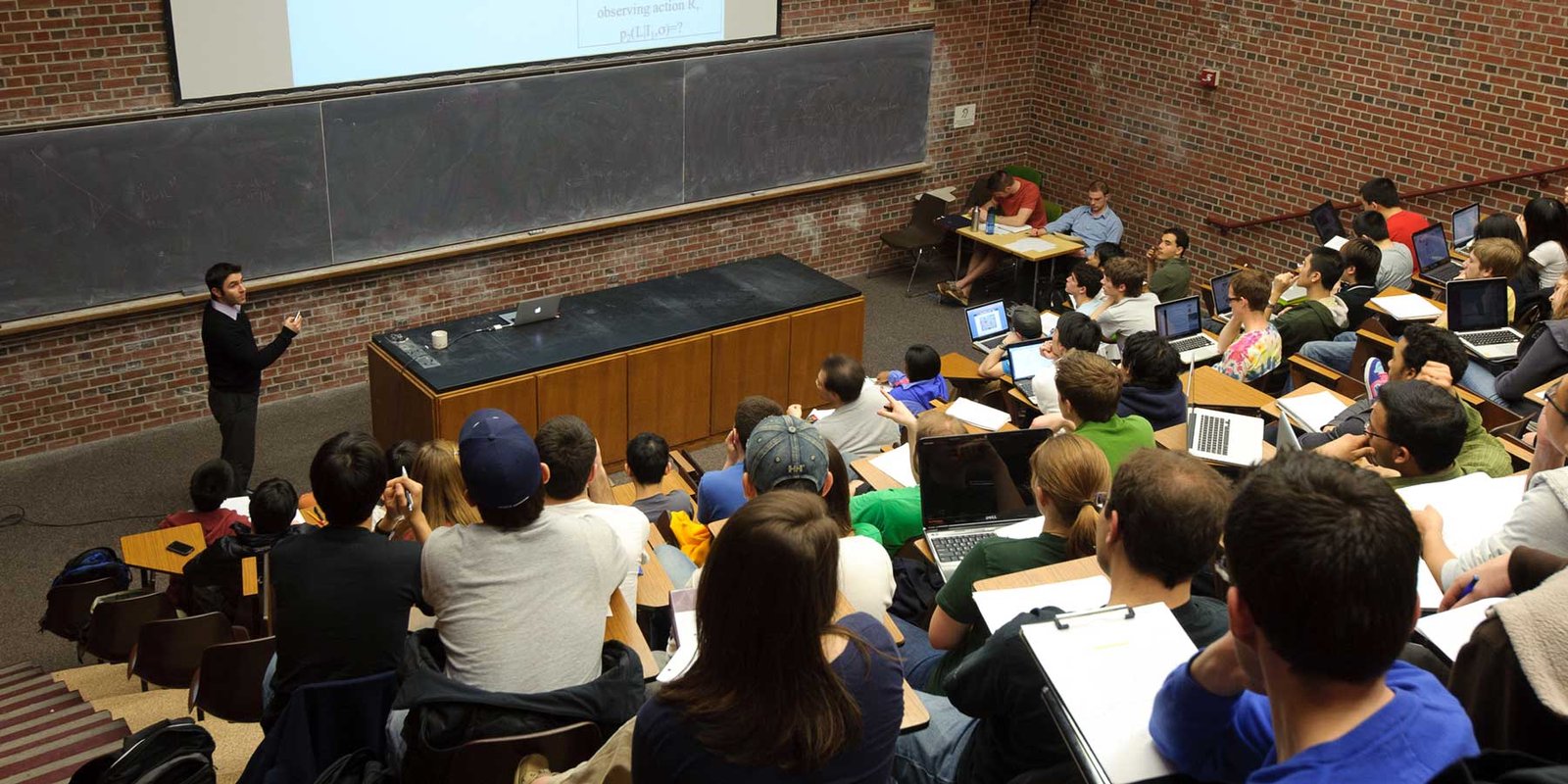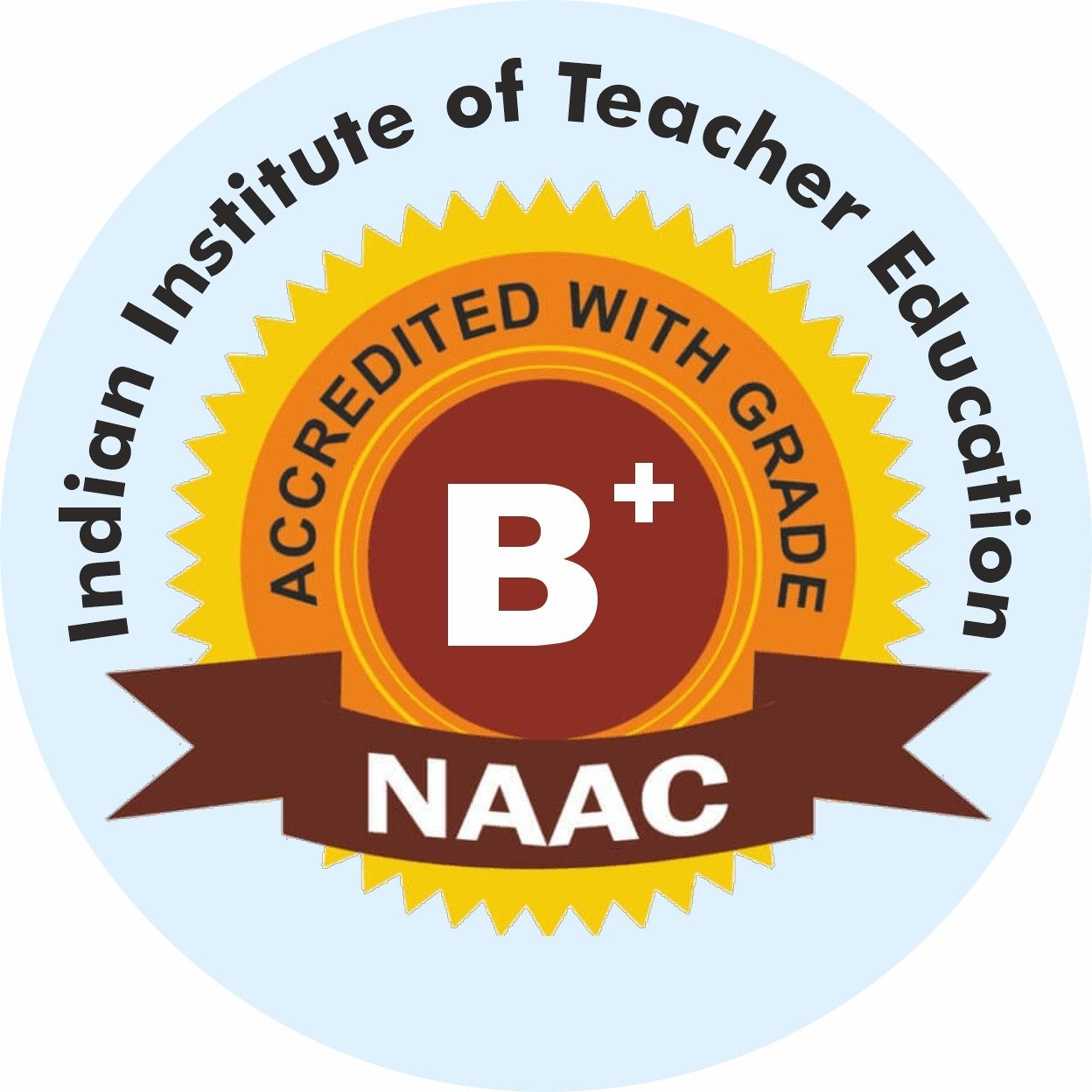In India, the position of a professor is not merely a job title but a symbol of academic excellence, dedication to education, and a commitment to advancing knowledge. Professors play a pivotal role in shaping the intellectual landscape of the nation, mentoring the youth, and contributing to research and development across various fields. This comprehensive exploration delves into the multifaceted aspects of being a professor in India, including the academic hierarchy, pathways to becoming a professor, notable figures, challenges faced, and the evolving landscape of academia.
Academic Hierarchy in India
The academic structure in Indian higher education institutions is tiered, reflecting a progression of roles and responsibilities:
- Assistant Professor: This is the entry-level position for individuals embarking on an academic career. Candidates are typically required to have a Ph.D. in their respective field. In some cases, institutions may also require candidates to have cleared the National Eligibility Test (NET) conducted by the University Grants Commission (UGC). Assistant Professors are involved in teaching undergraduate and postgraduate students, as well as initiating research projects.
- Associate Professor: Progression to this role necessitates a substantial academic record, including a significant number of quality research publications and a minimum of eight years of teaching or research experience. Associate Professors take on greater responsibilities, including guiding Ph.D. students and leading research initiatives.
- Professor: This is the senior-most academic position, reserved for individuals with a distinguished record of research and teaching. Eligibility criteria include a minimum of ten years of teaching experience, a significant contribution to research with publications in peer-reviewed journals, and active involvement in academic and administrative activities. Professors often head departments, design curricula, and influence academic policies.
In premier institutions like the Indian Institutes of Technology (IITs) and central universities, the expectations are particularly stringent, with a strong emphasis on research output and international collaboration.
Pathway to Becoming a Professor
Embarking on the journey to become a professor in India involves a combination of advanced education, qualifying examinations, and progressive teaching and research experience:
- Educational Qualifications:
- Undergraduate Degree: A bachelor’s degree in the relevant field lays the foundation.
- Postgraduate Degree: A master’s degree with at least 55% marks is essential.
- Ph.D.: A doctoral degree in the chosen discipline is mandatory for appointment and promotion to higher academic ranks.
- Qualifying Examinations:
- NET/SET: Clearing the UGC’s National Eligibility Test (NET) or the State Eligibility Test (SET) is a prerequisite for entry-level positions in universities and colleges.
- Experience and Research:
- Teaching Experience: Gaining experience as a lecturer or assistant professor is crucial.
- Research Publications: Publishing research papers in reputable journals establishes academic credibility.
- Professional Development:
- Conferences and Workshops: Active participation in academic forums aids in networking and staying updated with advancements.
- Continuous Learning: Engaging in ongoing education and training programs enhances teaching and research skills.
The pathway is rigorous, reflecting the high standards expected in academia to ensure quality education and research output.
Notable Professors and Their Contributions
India has been home to numerous distinguished professors whose contributions have significantly impacted various fields:
- Dr. Manmohan Singh: An esteemed economist and academic, Dr. Singh served as a professor at institutions like the Delhi School of Economics before transitioning into public service, eventually becoming India’s first Sikh Prime Minister. His academic work laid the groundwork for India’s economic liberalization in the 1990s.
- Gayatri Chakravorty Spivak: A literary theorist and philosopher, Professor Spivak is renowned for her work in postcolonial studies. Her seminal essay, “Can the Subaltern Speak?”, has been influential in critical theory and cultural studies.
- Dr. Abhijit Banerjee: A professor of economics at the Massachusetts Institute of Technology (MIT), Dr. Banerjee was awarded the Nobel Prize in Economic Sciences in 2019 for his experimental approach to alleviating global poverty. His work has had profound implications for development economics and policy-making.
- Shanthamma Chilukuri: Celebrated as India’s oldest active professor, Shanthamma Chilukuri has dedicated her life to teaching physics. At the age of 96, she continues to inspire generations of students with her unwavering commitment to education.
These individuals exemplify the profound impact that dedicated educators can have on society, both within and beyond the classroom.
Challenges Faced by Professors in India
Despite the esteemed position, professors in India encounter several challenges:
- Resource Constraints: Many institutions grapple with limited funding, affecting research opportunities and infrastructure.
- Administrative Burden: Professors often juggle multiple administrative responsibilities alongside teaching and research, which can impede academic productivity.
- Regulatory Hurdles: Navigating bureaucratic procedures for research approvals and funding can be time-consuming and discouraging.
- Balancing Roles: Striking a balance between teaching, research, and administrative duties requires adept time management and institutional support.
Addressing these challenges is crucial for fostering an environment conducive to academic excellence and innovation.
Also Read: CBSEtak.org : A Comprehensive Guide











